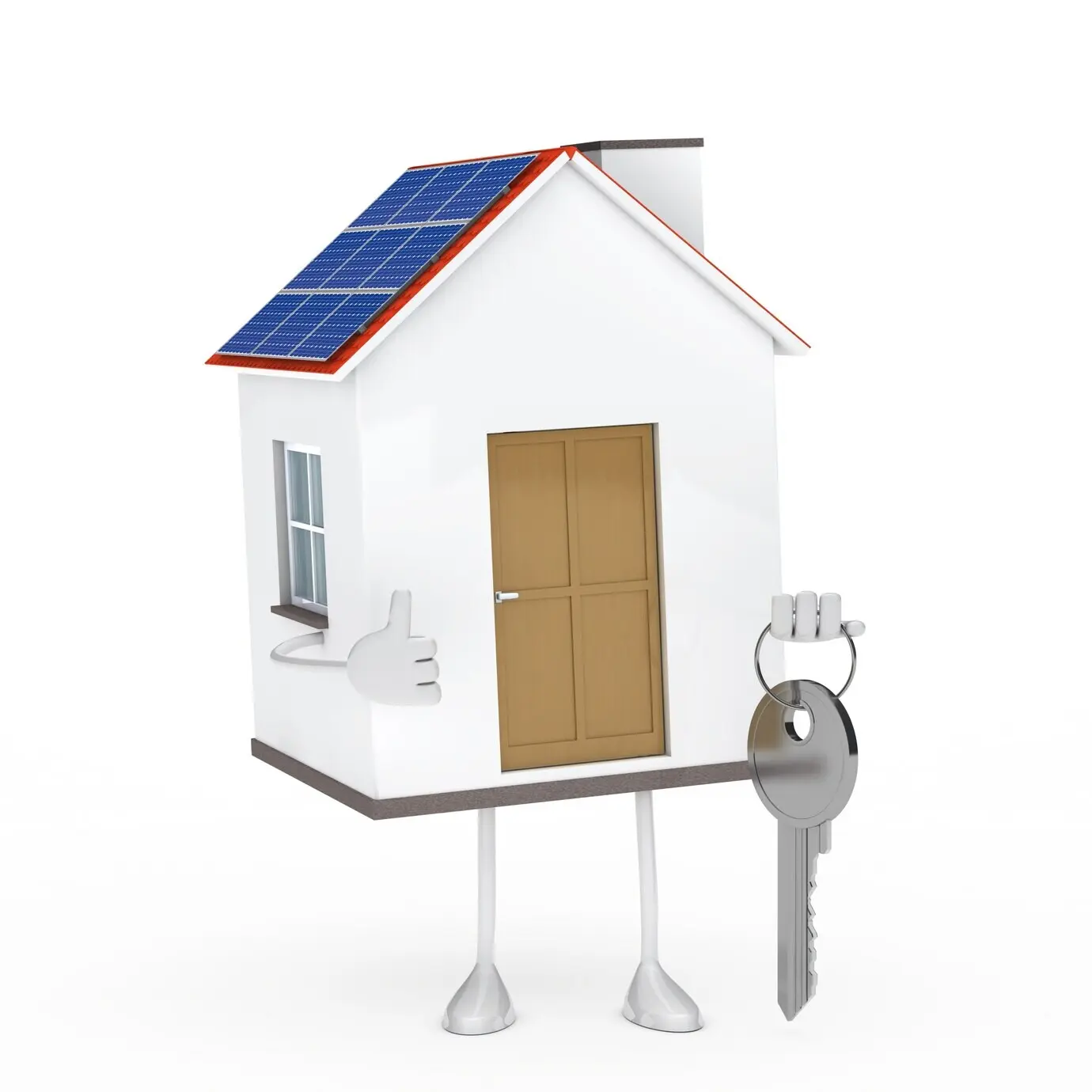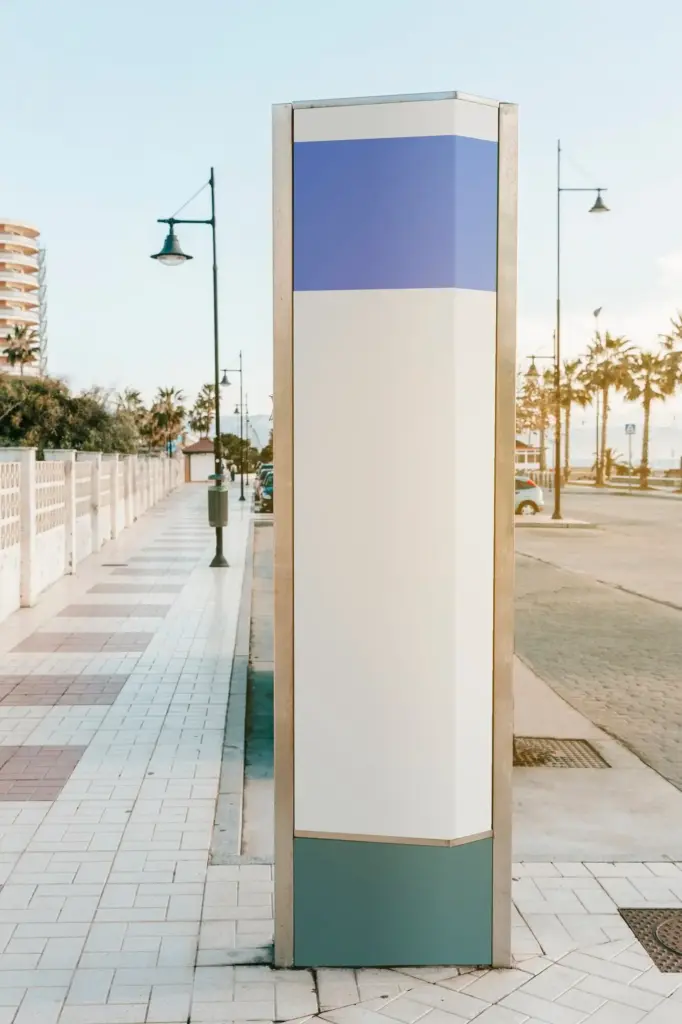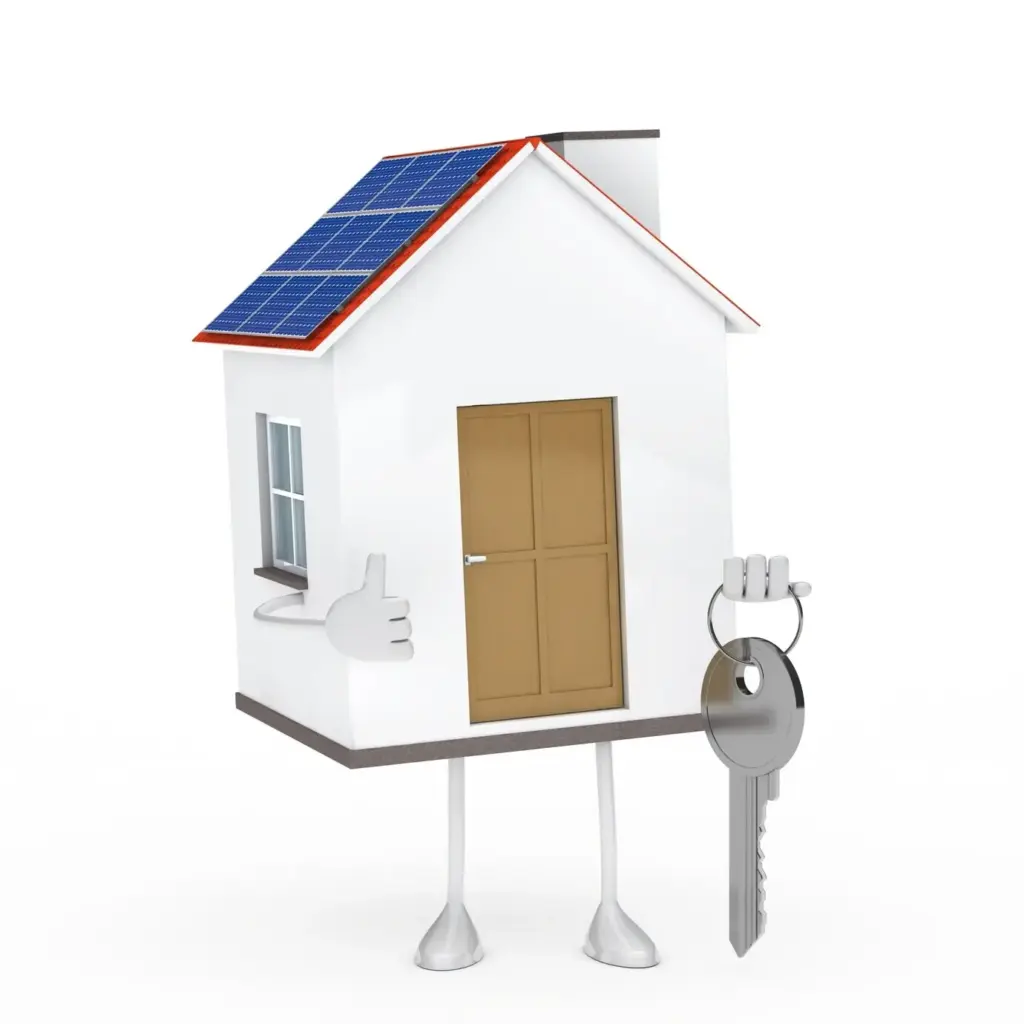Warmth Without Compromise

Design Temperatures and Balance Points

Infiltration, Insulation, and Solar Gains

Choosing Capacity with Headroom, Not Oversizing

Hardware Built to Beat Deep Freezes
Compressor Technology That Keeps Delivering Below Zero
Defrost Strategies, Base-Pan Heat, and Ice Management
Backup Heat, Bivalent Control, and Electrical Planning
Placement, Mounting, and Snow-Savvy Clearances


Ducts, Lines, and Sealing That Protect Every BTU
Controls, Setpoints, and Smarter Schedules
Thermostats That Respect Inverter Logic
Choose controls that allow long, steady runtimes and minimal cycling. Avoid algorithms that slam setpoints or force frequent calls, which can trigger defrosts and invite backup heat unnecessarily. Enable weather compensation where available to temper supply during milder hours. Clear homeowner instructions matter: gentle adjustments, consistent schedules, and patience during recovery protect efficiency. The payoff is quieter operation, warmer surfaces, and stable comfort, especially noticeable when outdoor temperatures hover around critical thresholds that test the compressor’s low-ambient capacity envelope.
Defrost, Lockouts, and Quiet Modes with Context
Defrost timing should match local humidity, wind, and frost behavior, not default to rigid intervals. Lockout points for backup heat must reflect real capacity and load, avoiding premature switchover. Quiet modes help at night, but verify airflow still protects coils. Document settings and explain their purpose to occupants. When controls reflect actual conditions, the system hums along with fewer complaints, shorter defrosts, and gentler fan noises, sustaining comfort even during freezing fog that would otherwise overwhelm a poorly tuned installation.
Demand Response, Time-of-Use, and Grid-Friendly Comfort
Align preheating and gentle temperature nudges with off-peak windows, ensuring rooms feel steady despite brief demand events. Coordinate with utilities using open standards when possible. Keep compressor leadership intact, letting backup heat assist only during extremes. Track energy data to refine strategies. These steps protect comfort while easing grid stress during winter peaks. Subscribers gain predictability and savings, and communities benefit from a more resilient system that performs gracefully when everyone needs warmth at the same difficult hour.

Commissioning, Monitoring, and Seasonal Tuning
